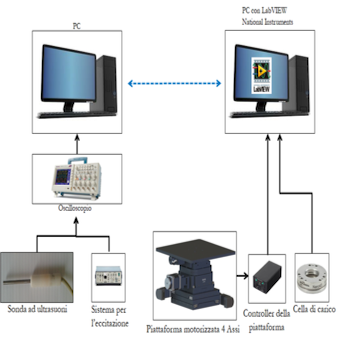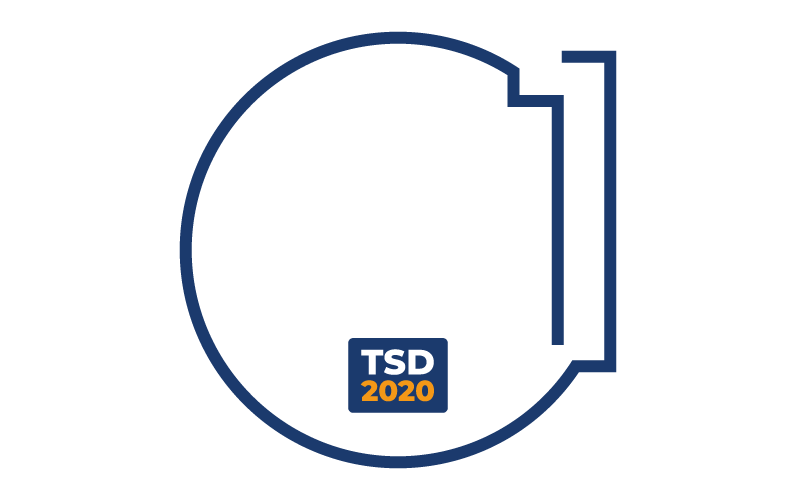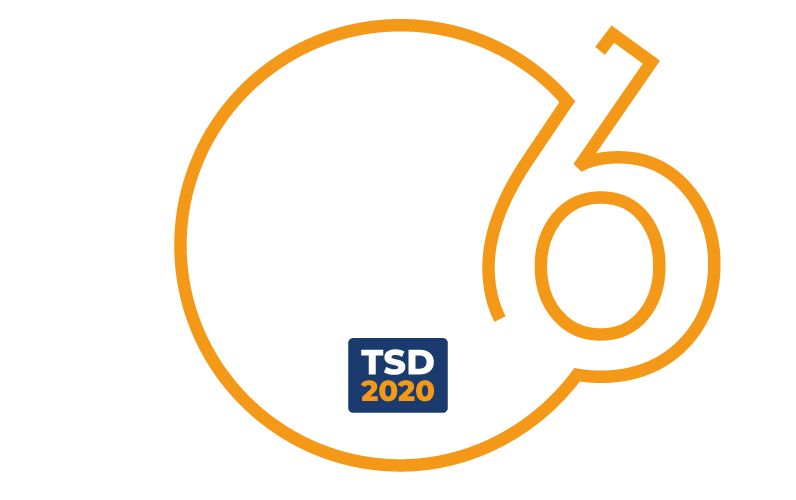Tissue biopsy is the “gold standard” for cancer diagnosis however it is an invasive process.
Another emerging technique for cancer detection is liquid biopsy which represents a promising and non-invasive examination to be performed in addition to tissue biopsies. This evaluates genetic information contained in tumor cells and in their DNA or RNA, present in the circulation, and can provide important information about the tumor, such as the probability of response or relapse after treatment or on the response to therapy. Liquid biopsy is more tolerable than traditional patient biopsy, as well as being more suitable for frequent sampling performed during tumor monitoring.
Currently, the medical application of liquid biopsy is limited to defining the prognosis of breast, colon and prostate cancer, and to determining the treatment of these cancers and non-small cell lung cancer. However, diagnostic performances are still low because not all tumors release detectable cells into the blood.



















